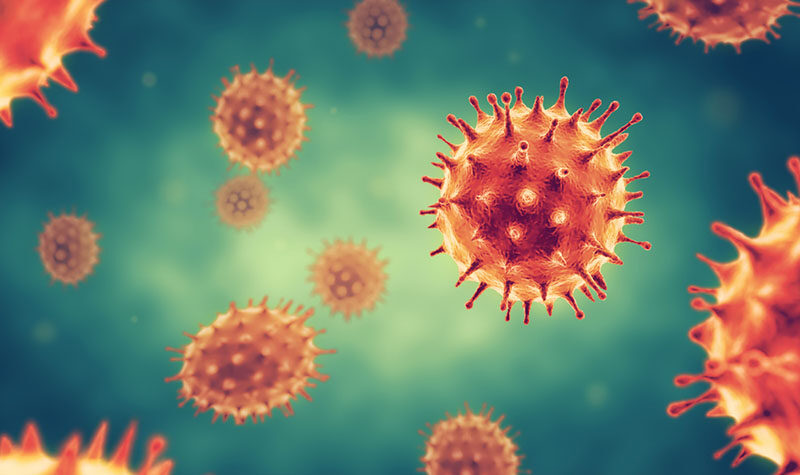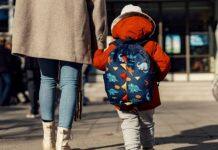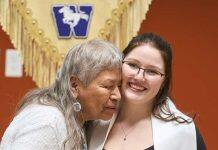A Belgian patient had COVID-19 twice. She was reinfected 93 days after the first infection and experienced symptoms in both occasions. The virus isolates from her nasal swab test were analysed at KU Leuven.


In March 2020, a 51-year-old patient presented to her general physician with a fever, cough, chest pain, shortness of breath, muscle pain and a sudden loss of smell and taste. In a nasopharyngeal swab, SARS-CoV-2 was detected by a PCR test. The patient was placed in home quarantine for two weeks, and remained ill for another three weeks before returning back to work. In June 2020, the same symptoms reappeared, and a second nasopharyngeal swab was positive for SARS-CoV-2. The second COVID-19 episode was less intense and only lasted one week. In July 2020, SARS-Cov-2 antibodies were present in high concentrations. A control nasopharyngeal swab taken in August 2020 was PCR-negative for SARS-CoV-2.
Different lineages
On both occasions, the SARS-CoV-2 positive nasopharyngeal samples were sequenced in the Belgian coronavirus reference laboratory at KU Leuven to determine the full-length virus genomes. Eleven mutations were detected across the genomes of the two virus isolates. Molecular analysis clustered the two virus isolates in different SARS-CoV-2 lineages.
People who have lived through a SARS-CoV-2 infection should get vaccinated when a vaccine becomes available.
“The genetic differences and the time lag between the two infections suggest a re-infection rather than persisting viral shedding,” says professor Piet Maes.
Scientists in Hong-Kong recently described a patient that developed a second episode of COVID-19 after 142 days, but that second episode was asymptomatic. The Belgian patient developed a symptomatic COVID-19 episode only 93 days after the first infection.
Vaccination
“The fact that symptomatic reinfection can already occur 93 days after the first infection suggests that people who have recovered from a SARS-CoV-2 infection are not necessarily immune to or protected against re-infection with this coronavirus,” says professor Marc Van Ranst. “The possibility of re-infection may signal that people who have lived through a SARS-CoV-2 infection should nonetheless get vaccinated when a vaccine becomes available.”
The team of professor Van Ranst is currently working on a manuscript presenting their data. This paper will be uploaded on a preprint server ahead of publication and shared on this page as soon as it is available.








































